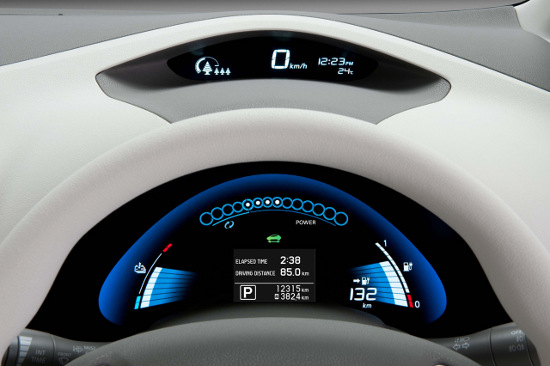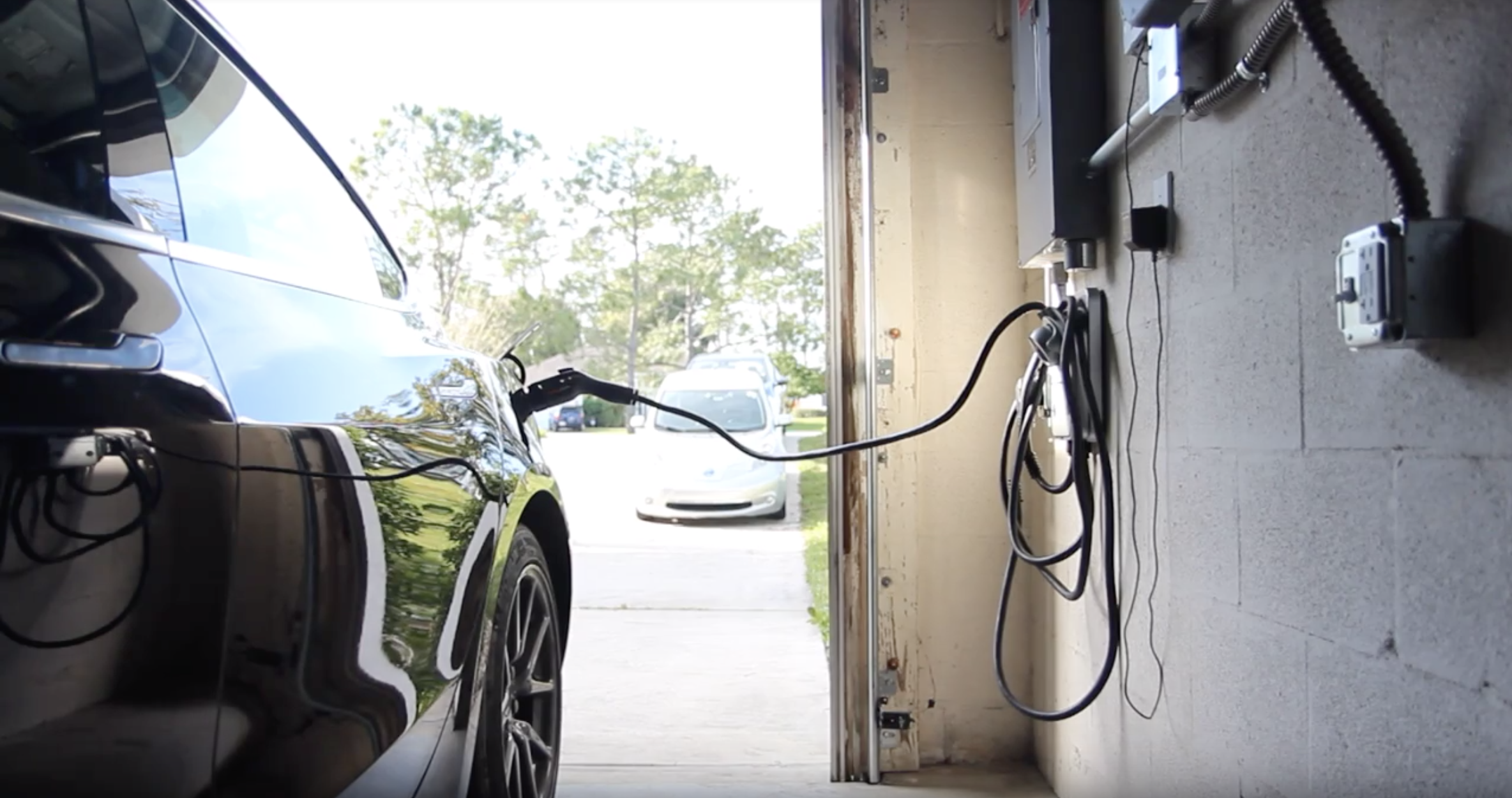People approaching their first EV purchase often ask three interrelated questions:
- “How much range do I need?”
- “Should I install Level 2 charging at home?”
- “What if I live in an apartment?”
Unfortunately, the answer to all three questions is the same: “It all depends” – on how the EV will be used, driver and household flexibility, budget, and numerous other factors. As we jump into the sea of possibilities, remember that it helps to think of an EV more like a cellphone, and less like an internal combustion vehicle (ICV).
How much range do I need?
It all depends. Range equates to battery size, and bigger batteries cost more than smaller batteries. Early battery electric vehicles (BEVs) typically had 50 to 100 miles of range, with the norm somewhere around 80. As battery costs decline, manufacturers are installing bigger batteries, and the average range is rising. Many newer BEV models have over 200 miles of rated range.
The march of technology depresses the selling price of low range EVs, especially used ones. As a result, buying only the range that you really need can yield significant savings. But convenience is significant, too. A car that doesn’t fit your lifestyle is no bargain, at any price. BEV buyers should get enough range to make their regular daily trips, plus a little cushion for unexpected errands, plus another cushion (30 percent, max) for cold weather and/or battery degradation over the years. But don’t overstuff the cushions: home charging makes errors in this calculation a lot less critical than your ICV experience might lead you to expect.
While a longer range will always be more convenient than a shorter range, there are limits to its value. Many potential EV owners could get by with quite low range. Multi-car households, people with access to both workplace and home charging, and those who live highly localized lives (e.g., residents of compact towns who don’t travel much) can generally accommodate at least one low range vehicle with no loss of convenience.

In local driving, 200-plus mile BEVs make range a non-issue for the vast majority of households. Range beyond this level can make road trips easier, but there’s a limit to its value. At highway speeds, 200 miles represents three hours behind the wheel. When reliable DC fast charging is available every 50 to 100 miles on most major corridors, battery costs and the need for rest breaks will determine how much range EV drivers will actually buy. Even with declining battery costs, it’s unlikely that ranges much beyond 300 miles will find a wide market at that point (a point that’s already here for Tesla, and not far off for everyone else).
Plug-in hybrid electric vehicles (PHEVs) use gasoline engines to eliminate range-related concerns. PHEV batteries are large enough to allow a non-trivial amount of pure electric driving, typically 10 to 50 miles, and can be recharged from the electric grid, thus shifting some transportation energy away from oil. To continue beyond the battery range, PHEVs shift seamlessly to gasoline for as long as there’s fuel in the tank. In effect, PHEV buyers have all of their cushions built-in, so accurate range assessments aren’t particularly critical. Collectively, Chevy Volts (with 38 to 53 miles of electric range) run over 80 percent of their miles on electricity. Even the smallest PHEV batteries let most PHEV drivers significantly reduce gasoline usage, with no travel range restrictions.
If road trips are a relatively rare occurrence for you, consider renting. A wide variety of ICVs can be rented for $150 to $250 per week, with no mileage limit. Taking a 3000-mile vacation in a shiny new rental can make sense, even for families that own ICVs. The $1000 per year that a BEV can save (compared to ICV ownership) will pay for several road trips worth of rentals.
Should I install Level 2 charging at home?
It all depends. If you’re building or remodeling, the answer is definitely yes, even if you don’t own an EV yet. Adding extra outlets is a trivial expense when the electrician is already there and no drywall has been hung. If you’re certain you want L2 at home, you can have a charger hardwired during construction. But hardwiring isn’t essential, or even necessarily desirable. Plug-in chargers are widely available. If you don’t know yet whether you want L2 at home (see the next paragraph), have the electrician install a NEMA 14-50 (oven/welder) or NEMA 14-30 (clothes dryer) outlet in a spot that will be convenient, then buy and mount a charger later. Better yet, have the electrician put in three or four outlets, one in every spot you think might make a good charger location. Covering all the bases during construction is cheap; retrofitting later isn’t.

As for everyone else, don’t decide right away. Wait and see. Live with your EV for a little while. Most EV drivers find that they can meet all of their day to day needs with L1 charging at home. If you’re one of them, you’ll save a couple of hundred bucks. If not, there’s very little harm in taking a few months to figure it out.
What if I live in an apartment?
It all depends. Can you charge at work? Do you have a dedicated parking space at home? Will the landlord install a charger, or allow you to plug your opportunity charger into an existing outlet? Do any nearby apartments offer charging? If so, do they have any vacancies? Are you willing to put a little effort into being a pioneer, potentially making things easier for the next EV owner to come along? How diplomatic are you?

It’s important to remember the main reason landlords are in business: to make money. If EV charging can help them attract more (or more desirable) tenants, they can parlay the greater demand into higher rents, lower turnover, better online reviews, and a host of other advantages. If they have to spend money (whether on higher electric usage or on the installation itself) with no hope of being compensated in any fashion, they’re unlikely to do it. If the first EV owner they experience turns out to be a pain in the tush, they won’t look kindly on others in the future. So start by finding out what the landlord wants and needs, then figure out how you can get what you want, too. Honey tastes better than vinegar.
Most EVs consume about 300 watt-hours (0.300 kWh) of electricity per mile. The average retail cost of electricity in the US is about 13 cents per kWh. (0.300 kWh / mile) times ($0.13 / kWh) equals about ($0.04 / mile). If your landlord is willing to provide access to an outlet but wants to be compensated for your extra usage, figure out how many miles you drive in an average month, multiply by $0.05 or $0.06, and offer to pay that much extra rent. If s/he wants to be compensated for equipment installation, the two of you will have to figure out what’s fair. Be honest, be transparent, and don’t be chintzy.
EV owners with no ability to charge at home or work generally have to use public chargers the same way ICV owners use gas stations. In this case, DCFC capability and bigger, longer-range batteries are much more useful (hence, valuable) than they are to those who can charge at home or work.
Read Part One of the series, “Demystifying EV Charging: Pre-School – ABC, Do-Re-Mi.”
Read Part Two of the series: “Demystifying EV Charging: Elementary, My Dear Watts-In”
Read Part Three of the series: “Demystifying EV Charging: High School Not So Confidential”
Read Part Four of the series: “Demystifying EV Charging: College – Spring Break Road Trips!”
Note about this blog series author: In a four-decade automotive engineering career focused on energy and emissions, Dave developed vehicles using gasoline, diesel, biodiesel, alcohol, natural gas, electric, and hybrid-electric powertrains. From 1995 to 2004, he created and taught a three-day professional development short course on “Design of Hybrid Electric Vehicles” for the Society of Automotive Engineers. He is the author of Chapter 1 of “Driving to Net 0: Stories of Hope for a Carbon-Free Future,” a collection of 15 first-person accounts of families pursuing sustainability by combining solar houses with electric vehicles and a volunteer with the Southern Alliance for Clean Energy.
#EVChargingSeries




